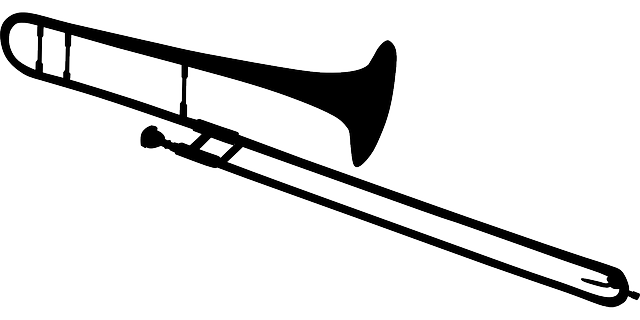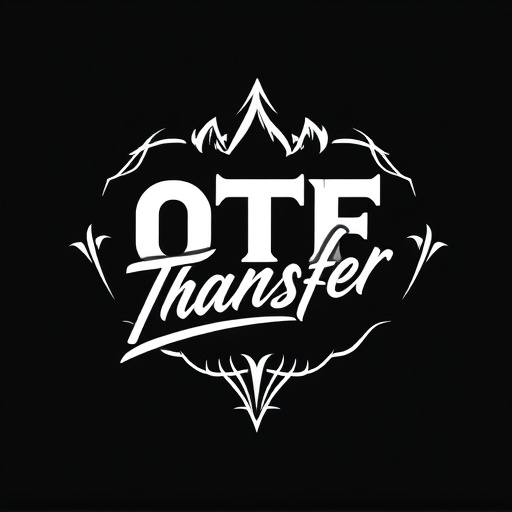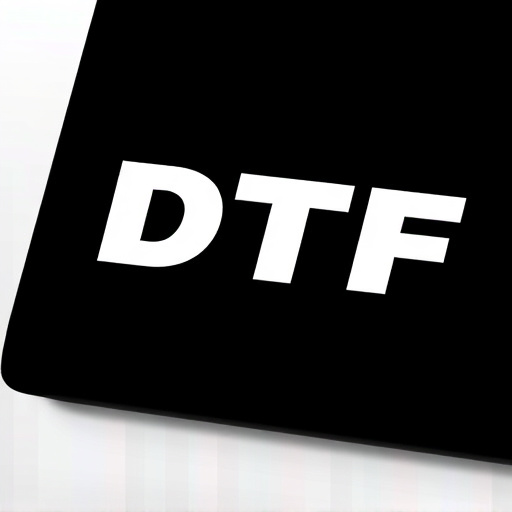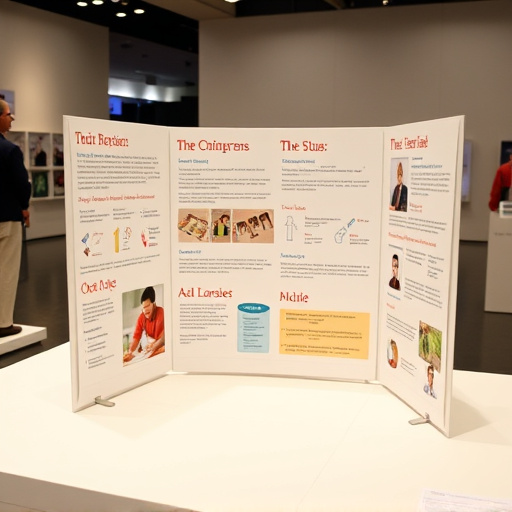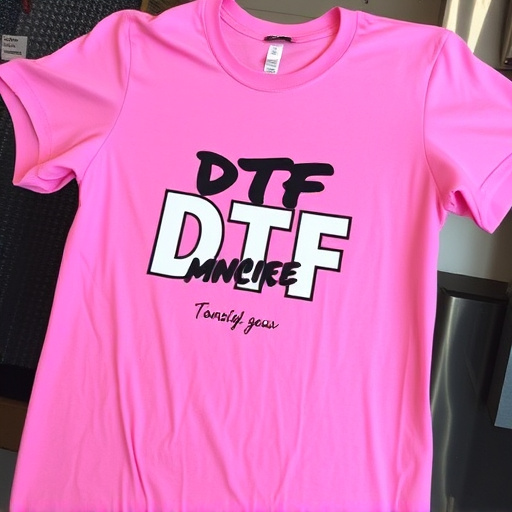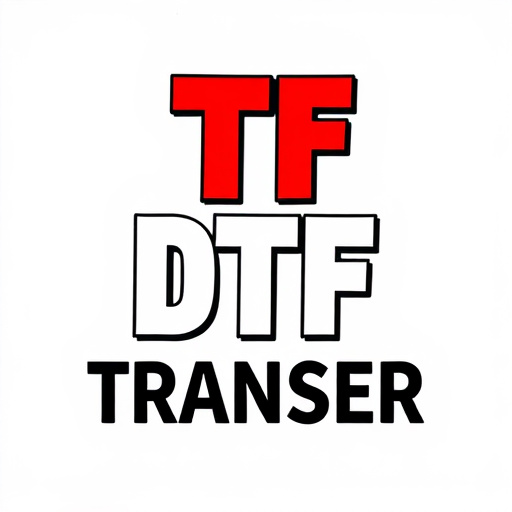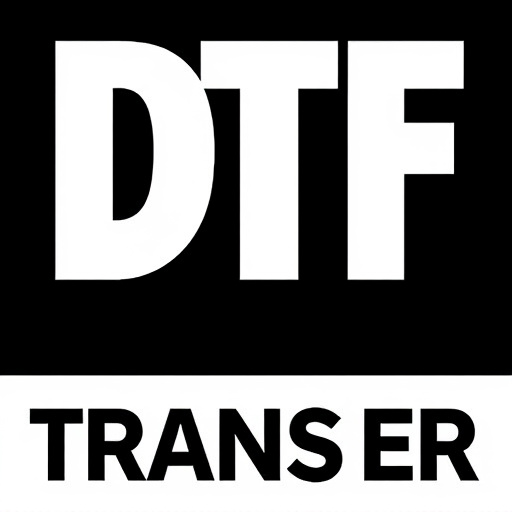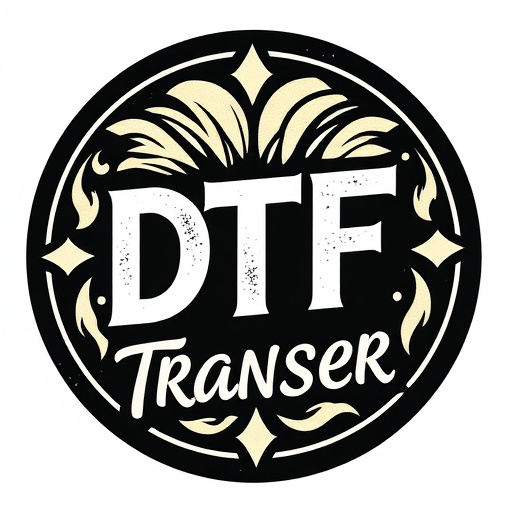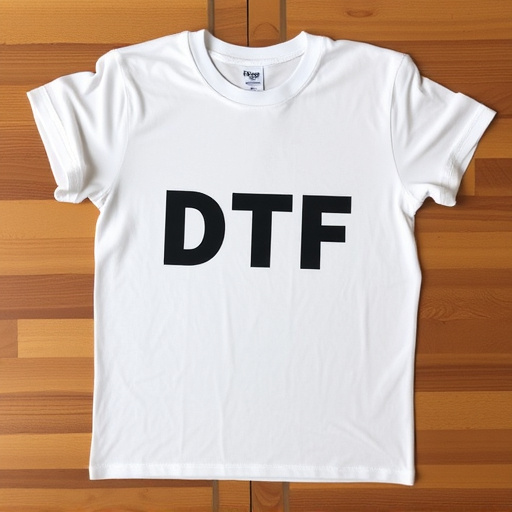Direct-to-film (DTF) technology is transforming manufacturing by offering precise printing directly onto various materials like metals, plastics, and glass. This innovative process eliminates intermediate steps, providing unparalleled precision for intricate designs with exceptional clarity. DTF transfers are durable, cost-effective, and suitable for harsh industrial conditions, streamlining production, reducing costs, and enhancing efficiency. They cater to diverse sectors, including automotive, aerospace, and heavy manufacturing, ensuring high-quality, long-lasting prints for branding, labeling, and personalization. Choosing the right DTF materials and strategically implementing this technology can significantly improve manufacturing processes and product quality.
“Revolutionize your manufacturing processes with heavy-duty direct-to-film (DTF) transfers—a game-changer for durable marking and printing. This comprehensive guide explores the advantages of DTF for various industrial applications, offering a deep dive into its versatility and longevity.
From design to implementation, we unravel the secrets of creating high-quality DTF prints. Discover how the right materials and expert strategies can transform your production line, ensuring precision and efficiency. Explore real-world success stories, showcasing the impact of DTF Transfer in manufacturing.”
- Understanding Direct-to-Film (DTF) Transfers: A Comprehensive Overview
- Advantages of Heavy-Duty DTF for Manufacturing Applications
- The Process: From Design to Final DTF Print
- Choosing the Right Materials for Longevity and Quality
- Implementation Strategies: Integrating DTF into Your Production Line
- Case Studies: Real-World Success Stories of DTF Transfer in Manufacturing
Understanding Direct-to-Film (DTF) Transfers: A Comprehensive Overview
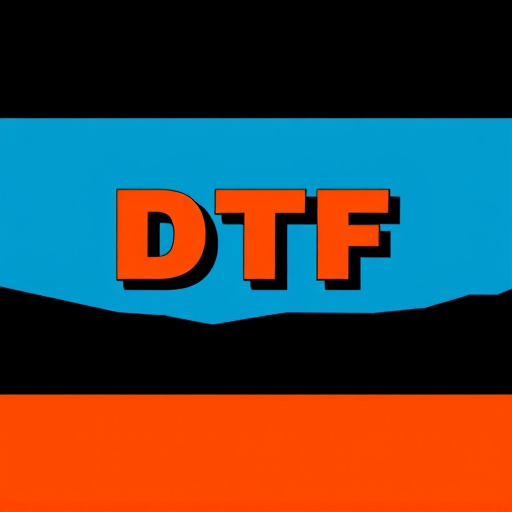
Direct-to-Film (DTF) transfers are a cutting-edge technology that allows for precise and efficient printing or marking directly onto various substrates, including metals, plastics, and glass. This innovative process eliminates the need for intermediate steps, such as film positives or plate preparation, making it a game-changer in manufacturing environments. DTF offers unparalleled precision, enabling the reproduction of intricate designs and detailed graphics with exceptional clarity and accuracy.
The DTF printing process involves the direct application of ink to the target surface using specialized equipment. This technology is particularly advantageous for creating durable, long-lasting prints suitable for harsh industrial conditions. By minimizing the steps involved in traditional printing methods, DTF transfers reduce production time, lower costs, and enhance overall efficiency. Whether it’s branding heavy machinery, marking safety labels on hazardous materials, or personalizing metal components, DTF offers a versatile solution that caters to diverse manufacturing requirements, ensuring high-quality, indelible prints.
Advantages of Heavy-Duty DTF for Manufacturing Applications
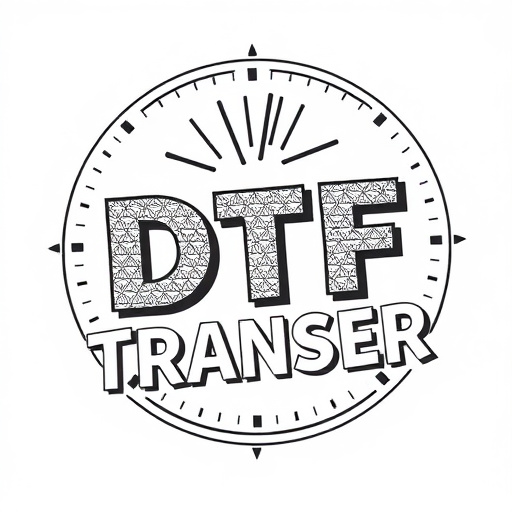
Heavy-duty direct-to-film (DTF) transfers offer a myriad of advantages for manufacturing environments, revolutionizing the way custom prints and markings are applied to various surfaces. One of the key benefits is their durability; DTF transfers can withstand harsh conditions, including high temperatures, chemical exposure, and mechanical stress, ensuring long-lasting prints on critical components and machinery. This resilience is particularly valuable in industries where reliability and safety are paramount, such as automotive, aerospace, and heavy manufacturing.
Additionally, DTF Printing provides a cost-effective solution for large-scale production runs. The technology allows for fast setup and easy application, reducing labor costs and streamlining the manufacturing process. DTF prints offer exceptional precision, ensuring accurate and consistent markings, which is crucial for quality control and regulatory compliance. Moreover, these transfers can be easily updated or customized, enabling manufacturers to adapt quickly to changing design specifications or market demands without incurring significant reconfiguration costs.
The Process: From Design to Final DTF Print
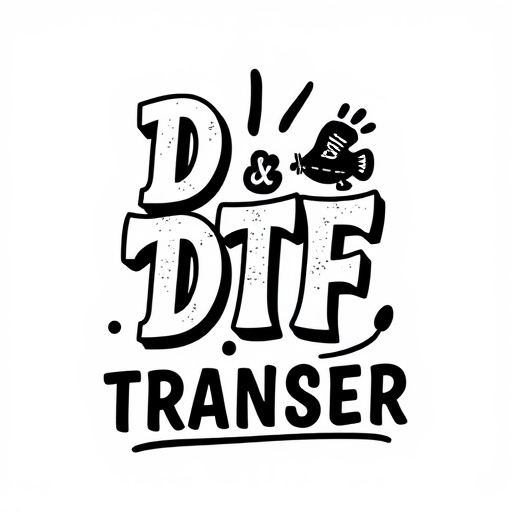
The process of creating heavy-duty direct-to-film (DTF) transfers for manufacturing environments involves several precise steps, from design conception to final DTF print. It begins with the creation of a detailed digital design using specialized software. This design is meticulously optimized for the specific material and application requirements, ensuring maximum durability and functionality. Once finalized, the digital file is prepared for printing by setting up the appropriate printer settings, including resolution, color profiles, and material selection.
The actual DTF printing process involves the use of high-precision printers that apply the design directly onto a film. This film is then cured using UV light to ensure the inks bond firmly with the substrate. After printing, the DTF transfer is carefully inspected for any defects or misalignments. Quality control measures are implemented to guarantee the final product meets stringent manufacturing standards. The cured film is then carefully transferred onto the desired surface, such as metal, plastic, or other materials, using heat and pressure, creating a long-lasting, high-quality DTF print.
Choosing the Right Materials for Longevity and Quality
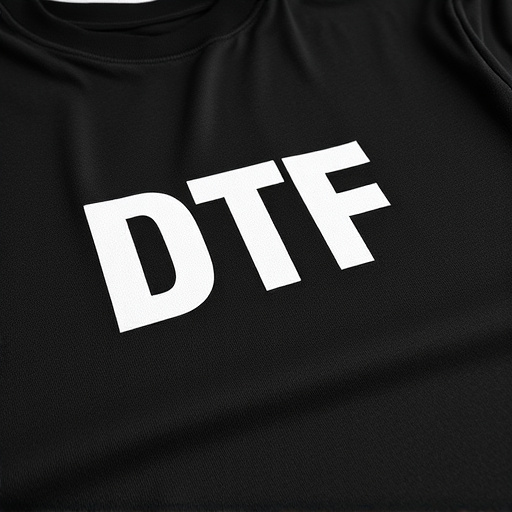
When it comes to heavy-duty direct-to-film (DTF) transfers for manufacturing environments, choosing the right materials is paramount. High-quality DTF films and inks are designed to withstand harsh conditions, ensuring longevity and maintaining the integrity of prints even in demanding industrial settings. The film’s durability, resistance to chemicals and abrasion, and ability to handle extreme temperatures are key factors to consider when selecting a DTF transfer for manufacturing applications.
Additionally, the ink used in DTF printing plays a significant role in achieving exceptional results. Superior DTF inks offer vibrant colors, crisp details, and excellent adhesion to various substrates. They are formulated to resist fading and maintain their brilliance over extended periods, even under constant exposure to sunlight or other environmental factors. By selecting materials from reputable manufacturers known for their quality and performance, you can ensure that your DTF transfers and prints meet the highest standards, contributing to more efficient and reliable manufacturing processes.
Implementation Strategies: Integrating DTF into Your Production Line
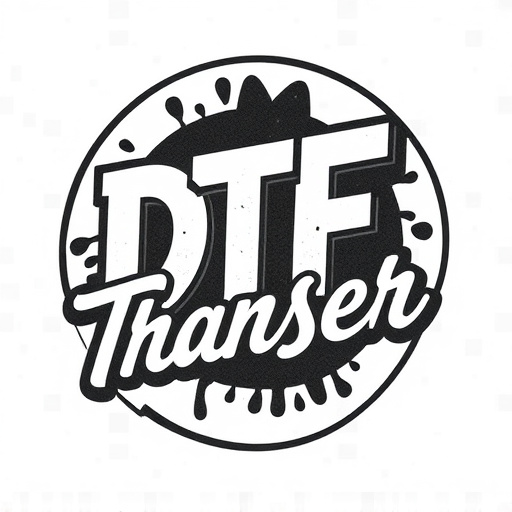
Implementing heavy-duty direct-to-film (DTF) transfers into your manufacturing environment requires a strategic approach to ensure seamless integration with your existing production line. Start by evaluating your current printing and application processes. Identify gaps or inefficiencies that DTF can address, such as improved speed, enhanced durability, or the ability to print on unconventional materials. This will guide your selection of the most suitable DTF transfer technology for your needs.
Next, consider the layout and space available on your production line. Heavy-duty DTF printers and applicators may require significant floor space, so plan accordingly. Integrate these new components with care, ensuring they complement existing machinery and do not disrupt workflow patterns. Proper training of your staff on DTF printing and application techniques is also vital to maximize productivity and minimize errors during the transition.
Case Studies: Real-World Success Stories of DTF Transfer in Manufacturing
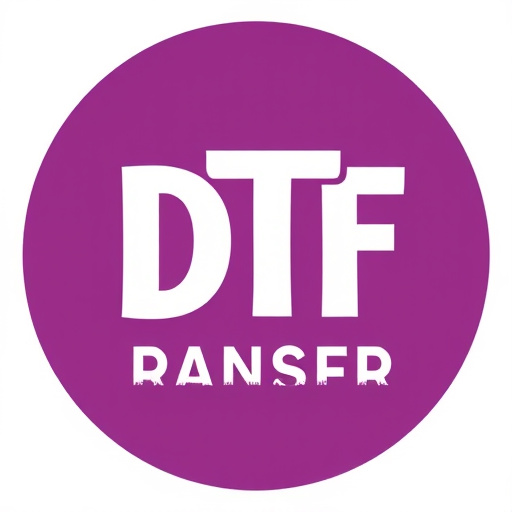
In the realm of manufacturing, where efficiency and precision are paramount, Heavy-duty direct-to-film (DTF) transfers have emerged as a game-changer. Real-world case studies paint a vivid picture of DTF’s success, showcasing its ability to transform industrial processes. For instance, in automotive manufacturing, DTF Printing has been instrumental in creating intricate patterns on vehicle components, enhancing both aesthetics and functionality. This method allows for precise, fast, and cost-effective application of designs, replacing traditional methods that often involved multiple steps and were more prone to human error.
Another compelling example is found in electronics production, where DTF Transfers are used to print conductive traces on circuit boards. The versatility of DTF enables manufacturers to achieve high-resolution prints, ensuring the accuracy of intricate circuit designs. This technology has streamlined production, leading to reduced lead times and increased productivity. Moreover, DTF’s ability to handle diverse materials and surfaces makes it suitable for various industries, from textiles to packaging, where durable and long-lasting prints are required.
